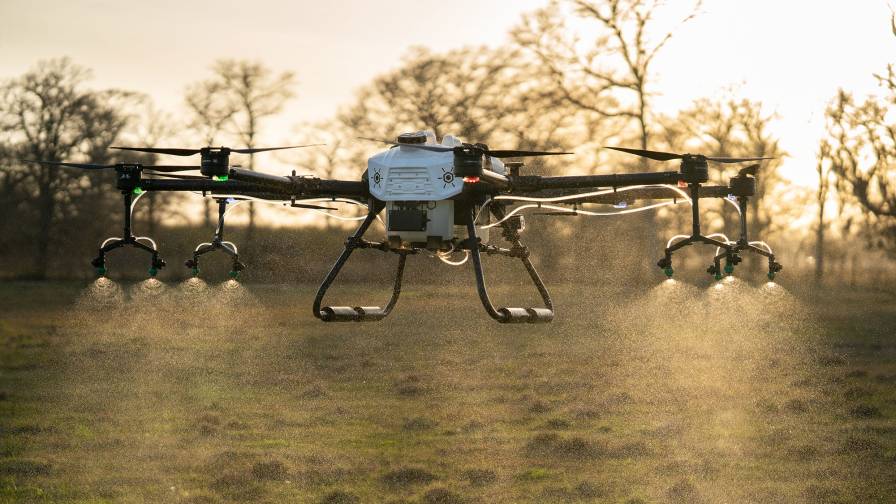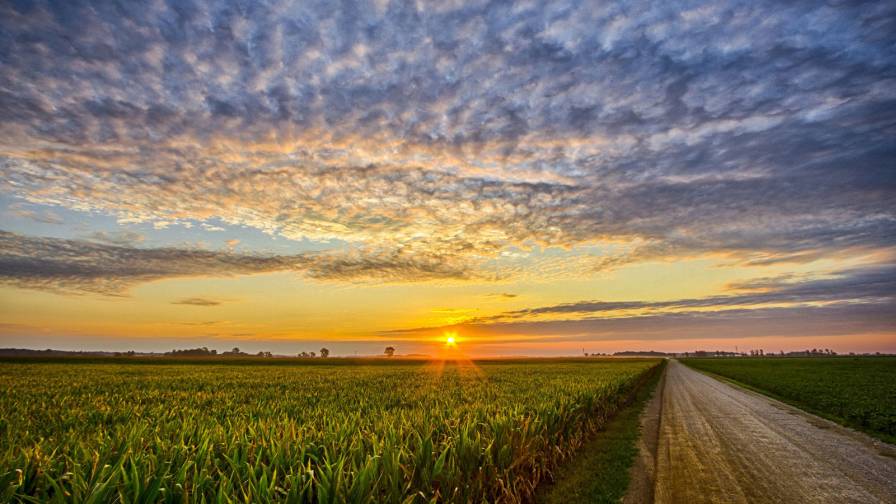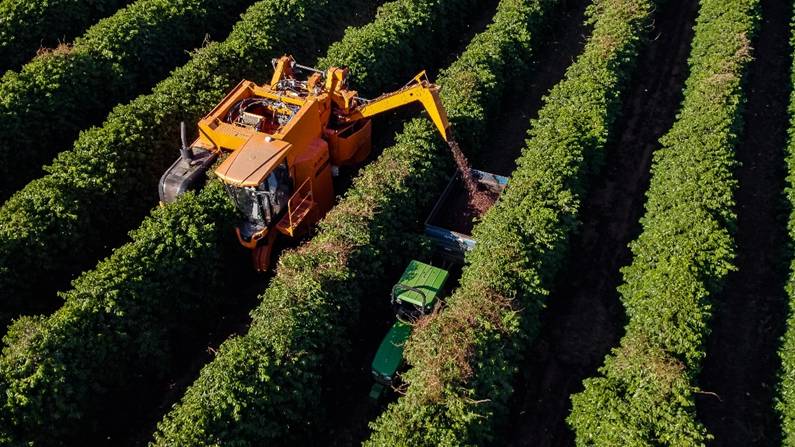Ranch Life: How Sensor Technology Is Providing Real-Time Visibility of Water Management Practices
While observation and measurement for better ranch performance is nothing new for ranchers, what has evolved is how the modern rancher observes and measures with near real-time visibility, particularly when it comes to water management practices.
Safe, clean, and abundant water sources are vital for ranching operations. From land and hay operations to logging and livestock operations, water conservation touches almost every aspect of ranching.
Today’s ranchers are constantly facing new challenges like extreme weather impact and the lack of reliable water sources, both greatly impacting herd health and ultimately profitability.
With the unpredictability of nature and the need to conserve reliable and clean sources of water, a better and more efficient way to store and sustainably save water is surely needed.
MORE BY JEFF HORTON
Four Ways Remote Monitoring Increases Efficiency in Modern Ag Operations
Using Connective Devices to Monitor the Entire Ranch
Just like their forefathers, a rancher’s keen eye for observation and measurement serves them well. Today’s ranchers, however, are different in one but significant way: they now have the ability to see their entire operation in real-time on a connected device: smartphone, tablet, laptop or desktop computer. This is accomplished with the use of connected sensor technology, which is increasingly being used to viewing different parts of a ranch, remotely.
Sensor technology helps ranchers visualize what’s happening across thousands of acres without having to roll out trucks, or other means. These devices, or “things,” then relay data to ranchers, allowing them to make informed decisions more efficiently. It’s like having extra “eyes and ears” spread across the ranch. In short, these connected devices are the Internet of Things (IoT) of the ranch.
While IoT has been utilized across many industrial markets, the use on ranches is still in early deployments leaving many ranchers unsure how IoT can benefit their operations. Adding new technology during a time when other factors like price increases for a wide variety of essentials leaves little room for another new thing.
However, ranchers may seriously consider IoT deployment, knowing that a dehydrated calf in peril costs more than a thousand dollars to replace, a blown truck tire shows up on the P&L, and the number of man-hours spent checking water levels and the status of equipment add up.
When it comes to water consumption, IoT is making a big difference. According to a research report conducted by Transforma Insights and 6GWorld, by 2030, connected devices and the information they impart will help conserve close to 230 billion cubic meters of water.
That’s a lot of water saved. While 35 percent of those savings will come from smart water grid operations, the remainder will be driven by “IoT-enabled agricultural operations like crop management and remote pest control,” according to the report.
What Water Visibility Means Today
Connected devices save valuable time, money, and resources by giving ranchers greater visibility into their entire operation and support what these stewards of our land have always done well: observation and measurement. Ranchers are using technology to ask – and answer – critical questions about the status of physical assets, water tank levels, water flow, weather, and soil, like:
- Do the stock tanks have enough water to keep the livestock healthy?
- Will excess water in the soil lead to ponding?
- Is too much or too little water being used in irrigating hay fields?
- Is equipment like livestock trailers and tractors running smoothly?
- What’s the condition of remote pumps – are they working, is there a leak? Is the herd getting what they need when they need it?
A long-held rule for ranchers is that they don’t quit when they’re tired, they quit when they’re done. With connective devices, ranchers are getting more of the right things done – with less water, waste, and worry.










